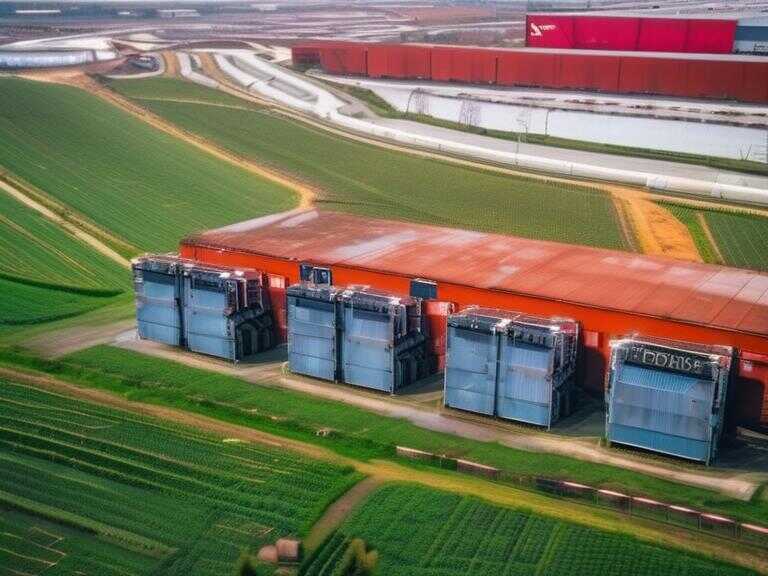
EPA Launches $1 Billion Cleanup Projects at 25 Hazardous Waste Sites Across US

The U.S. environmental regulator announced on Tuesday the launch of new cleanup projects at 25 hazardous waste sites in various states, from New Jersey to Oregon, with an allocation of $1 billion in funds. These sites are part of the Environmental Protection Agency's Superfund program, originally created in 1980, aimed at repurposing land previously polluted by heavy industry for new economic development purposes, such as parks and warehouses.
Allocation of Funds
The $1 billion funding is the third and final wave of a total of $3.5 billion appropriated by the bipartisan infrastructure bill signed into law by U.S. President Joe Biden in 2021.
Impact on Underserved Communities
Janet McCabe, the deputy EPA administrator, emphasized that this funding will significantly improve the lives of people, especially those who have long been affected by pollution. Notably, she mentioned that 75% of the 25 sites are located in historically underserved communities. Furthermore, the funding will also accelerate work at 85 Superfund sites, aiming to address environmental issues effectively.
Environmental Impact in New Jersey
New Jersey, known for having the highest number of Superfund sites, will see the implementation of cleanup projects at three of these sites, including the Raritan Bay Slag in Old Bridge and Sayreville. Notably, these sites were formerly used for industrial purposes, resulting in pollution. U.S. Representative Frank Pallone of New Jersey expressed that the funding will complement an expected allocation of $23 billion over five years for Superfund, following the reinstatement of "polluters pay" taxes for the program in the infrastructure law and Biden's Inflation Reduction Act.
Efforts in Clackamas, Oregon
The allocated funding will also contribute to the cleanup of the Northwest Pipe & Casing/Hall Process Company site in Clackamas, Oregon. This site, where pipes were manufactured and coated from the 1950s to the 1980s, has led to soil and groundwater contamination with solvents, primers, coal tar, and other pollutants, according to the EPA.
Community Impact
Janet McCabe emphasized that this funding aims to address historical disparities, as more than 25% of Black and Hispanic Americans reside within close proximity to Superfund sites. The EPA is committed to ensuring that these communities are prioritized in the cleanup efforts.
This significant allocation of funds demonstrates the U.S. government's commitment to addressing environmental hazards and their impact on communities. The cleanup projects will not only improve the environmental quality of these sites but also contribute to the overall well-being of the affected communities.
Share news















